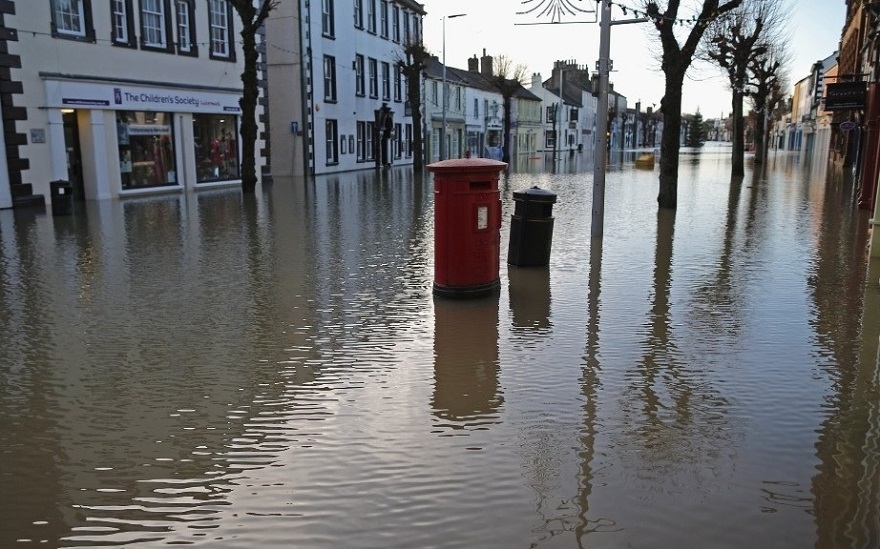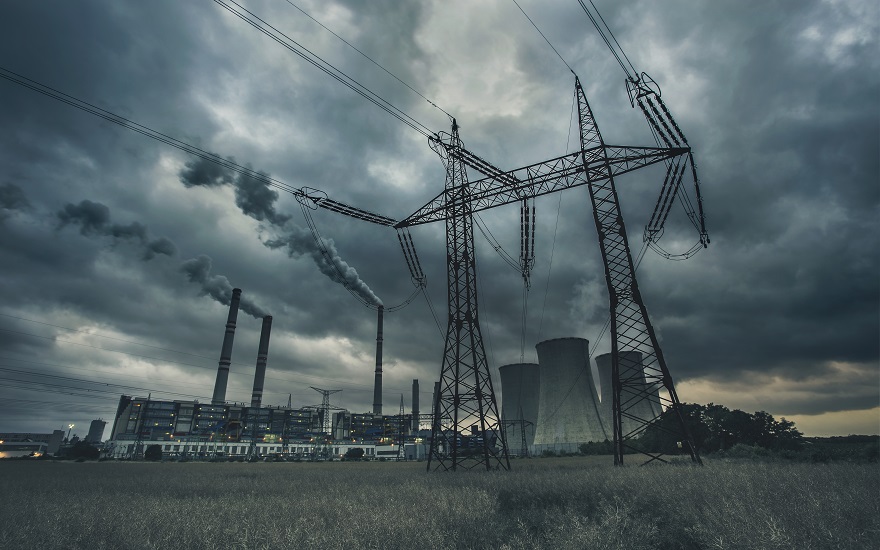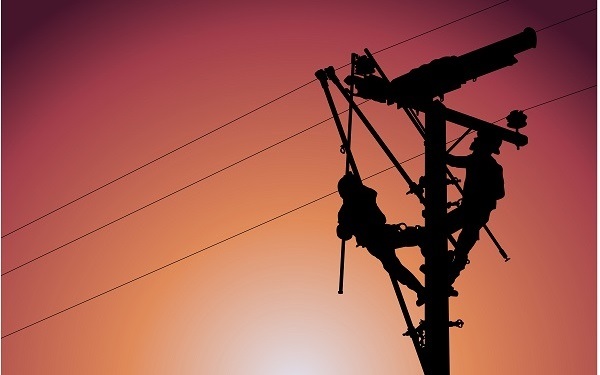What lessons can we learn from the Lancaster floods of 2015 and how one city coped with a mass blackout?
Over the first weekend of December 2015, Storm Desmond brought unprecedented flooding to parts of Cumbria and North Lancashire.
The flood affected one of Lancaster’s main electrical substations, with the damage causing a city-wide power failure that took almost a week to fully resolve.
Supplies were cut to 61,000 properties with more than 100,000 people left without electricity. It took the commandeering of 75 sizeable diesel generators, many sourced from Northern Ireland and the south west of England, to get on top of the problem and slowly start to restore power.
At the time, the incident was described as a ‘1 in a 100’ event.
Looking at the trend for more extreme and unpredictable weather, that description is rather questionable. What isn’t in doubt, however, is how the fallout to the Lancaster power cut offers us an insight into how our systems cope with such adversity.
Following the incident, the Royal Academy of Engineering in partnership with the Institution of Engineering and Technology and Lancaster University undertook a series of fact-finding workshops to highlight possible areas for improvement.
Its ‘Living Without Electricity’ report catalogues the city’s experience and outlines several key recommendations.
The review found a community bound together by the stereotypical ‘Blitz Spirit’ and camaraderie forged in times of hardship.
Local shops and supermarkets distributed free food and other essentials, while volunteers from Christ Church continued running their overnight shelter for homeless people.
They used head torches and gas cookers to provide food, while the chef at a care home for the elderly built a barbeque so residents could eat hot meals.
But recovery efforts were hindered by what in isolation would appear to be a few relatively trivial issues.
The combined knock-on effects, however, resulted in a population cut-off from modern society and not really knowing what was happening.

Communications Cut-Off
Within an hour of the blackout, virtually all mobile phone coverage was lost. Landline services remained available, but most people had replaced the traditional handset with a modern, cordless model. Without electricity, these phones were useless, unable to connect to the network.
Internet connection quickly dropped too. And even in parts of the city were there was still a signal, there wasn’t any electricity to power routers or Wi-Fi hubs.
Without their go-to sources for news and information – TV, text, social media, internet and DAB radio – people didn’t know where to turn for updates. Old-style FM radio remained available, but so few residents had a battery-powered radio that they could tune in with.
Households lost lighting and the power needed to run electrical appliances like TVs and radios. The properties with gas-fired heating tended to have control systems and pumps dependent on electricity, so they stopped working, while houses with all-electric cookers couldn’t heat food.
Several blocks of high-rise flats use electric-powered booster pumps to transport water to the top floors. When the blackout hit, this type of accommodation had no water flowing to taps or for flushing the toilet.
Similarly, the toilets in eco-buildings using grey water (second-hand water from showers) wouldn’t flush.
Many shops in the city were forced to close, either because of restrictions on traffic across the river or because their electronic payment systems (i.e. tills and card readers) weren’t working.
Local supermarket chain Booths was the only grocery store in Lancaster that was open for business on the Sunday morning, after it brought in a backup generator. This allowed the electronic checkouts to work but the standalone card payment terminals didn’t, so it was cash only.
Many residents were still wanting to stock up on supplies come the standard 4 pm Sunday closing time.
The report discovered nobody was aware which local or national body could relax the inflexible trading arrangements during an emergency, so the supermarket doors slammed shut.
Hospital Becomes A Hub
Local hospital Lancaster Royal Infirmary was able to carry on operating as it had standby diesel generators with 14 days’ worth of fuel to fall back on.
Understandably, with few other facilities having access to electricity, the hospital quickly became something of an impromptu community centre for people without anywhere else to go.
At one point, a group of students showed up armed with a 6-way extension lead full of mobile phone and laptop chargers to plug into the first available power socket they could find.
With GP surgeries, pharmacies and 111 out of hours centres offline, the hospital’s A&E was quickly bombarded with requests for repeat prescriptions or help with non-emergency conditions.
Lancaster mirrors society as an increasingly ageing population with more people receiving medical care at home. Such services, from stair lifts and personal alarms, through to dialysis machines and oxygen therapy, require electricity, mobile phone signal, or both to operate.
Nursing homes are similarly reliant on power too. The city’s 70-bed Laurel Bank facility lost hot water, lighting and heating. Electric-powered tilting beds and chairs stopped, while patients usually moved using electric hoists had to be manually lifted by staff.
The care home’s kitchen was equipped with a gas cooker, but because it was interlocked with electric-powered extractor fans it couldn’t work.

Transport Troubles
Lancaster is located on the West Coast Main Line (WCML). Trains are powered from feeder stations at nearby Garstang and Kendal that were unaffected by the blackout, so could operate as usual.
But all the ancillary services at Lancaster railway station, such as the PA system, ticket machines, platform lighting and control rooms all stopped working throughout the blackout.
With no means to communicate with passengers or safely illuminate the platform and surrounds, the station had to close for health and safety reasons at 4 pm as dusk fell.
The city’s diesel-powered bus service kept going almost as usual, as soon as the bridges over the River Lune were unblocked and reopened. There were still several issues to contend with, though.
The central bus station was closed, so alternative stopping points were needed. Without the aid of streetlighting, passengers had to tread carefully using only the internal lights on the bus for guidance.
With the offices remaining in the dark, staff used bus headlights or head torches to make their way around.
Thankfully the depot stored several old-style hand pumps, which came in handy as the electric pumps usually used for refuelling weren’t working.
Learning From Lancaster?
What lessons can we learn from Lancaster’s experience? Would things be different if it happened again?
The Living Without Electricity report itself poses the fundamental question. The blackout lasted for roughly a week, so 2% of the year, while the city’s population makes up approximately 0.2% of the total UK population.
What precautions – and costs – are justifiable for something that might be called upon for just 0.004% of the time?





Hi,
I cannot download the Blackout Report. I use a Mac computer so don’t know if this makes a difference. Is there somewhere else I can get a copy?
Thanks
Fergal